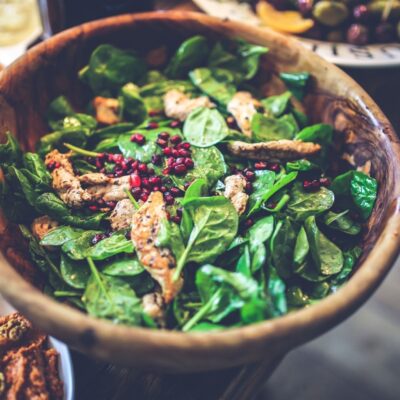 Who knew when I put breakfast salads on the menu that they would be one of our most popular dishes? I knew people would like them—what’s not to love? It’s eggs on salad. But people REALLY like them.
Who knew when I put breakfast salads on the menu that they would be one of our most popular dishes? I knew people would like them—what’s not to love? It’s eggs on salad. But people REALLY like them.
I’ve been eating breakfast salads for years. When I lived in Denver, I had a big garden at my house. I loved picking my breakfast every day—greens, veggies, herbs. Then a friend gave me eggs from her chickens, and I started putting them on my salads. The rest is history.
My favorite of our breakfast salads is the herbivore, which is sauteed mushrooms, broccoli, red onions, and garlic on top of greens with eggs. I add some parmesan cheese, chili flakes, and roasted pepitas too. I love it.
I also love bringing local, seasonal produce to the menu. Since it’s strawberry season, I have a strawberry salad on the menu right now and customers are loving it. I roast the strawberries with some red wine, balsamic vinegar, sugar, and a little bit of lemon to balance the flavor. It adds a nice richness and sweetness. So good.
How to make a great salad
People always ask me what makes a salad really GREAT?
There are five components that you need to balance the salad and give it that special something.
- Crunch (nuts or seeds)
- Bitter (usually from the greens)
- Sweet (fruits and dressings)
- Sour (the acid in your dressing)
- Color (from all the veggies!)
That’s a perfect combination for everybody. How much of each is a matter of personal preference. And how much extra—like fats and protein—is also personal preference.
I know, it sounds like I’m not really telling you how to make a salad. That is because if you are mindful of the balance, your salad will be good no matter what. Use whatever you want!
I will add that ingredient freshness matters. Our salads are delicious in part because we use fresh, local ingredients (and because we make EVERYTHING from scratch).
Produce starts losing nutrients and taste as soon as it’s harvested. A salad you pick from your own garden in the morning will always be better than a salad with ingredients that have been sitting in your fridge for a week.
The more local your lettuce or strawberries, the sooner it will be between when it was picked and when it’s served.
Some ingredient choices for great salads
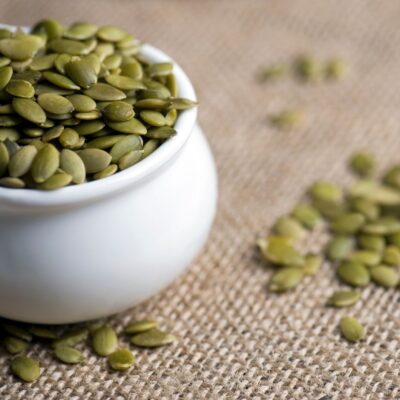 My favorite, not-so secret ingredient is roasted pepitas because they have crunch and also a little pop. But there are so many fun ingredients that you can roast or eat raw, completely changing the taste and feel of your salads. Play. Have fun! Here are some ideas:
My favorite, not-so secret ingredient is roasted pepitas because they have crunch and also a little pop. But there are so many fun ingredients that you can roast or eat raw, completely changing the taste and feel of your salads. Play. Have fun! Here are some ideas:
Eat your veggies: I think the difference between a bland salad and one that says “hey, how are YOU doing?” is the choice of the base. For a salad, that is your greens. Notice the (s): using multiple greens gives you some flavor and texture balance. You can have your tender, sweet baby greens with a little bit of bitter. Yum.
Choose tender lettuce leaves and greens, like spinach or Bibb for more delicate salads; spicy or bitter greens like arugula or dandelion greens if you have a strong vinaigrette. Sturdy greens, like thinly sliced kale and chard are great for marinated and massaged salads.
Veggies are more than the greens of course. What about beets, squash, cucumber, carrots, kohlrabi? Yes to all. Especially if you want a colorful feast. If you don’t want to cook them, try grating them or using a carrot peeler to shave them. It looks pretty, adds texture, and makes veggies you typically cook easier to digest.
Of course, grilled vegetables and fruit are a slice of heaven on this Earth. No limits. Grill whatever you want. No grill? No problem. Roasting is what we do in the restaurant—I keep my oven at 375 at all times and am constantly putting in new veggies and fruits to roast.
Dress is up
Is lettuce really just a conduit for dressing? It depends on the dressing. But certainly, salad isn’t salad without it. I’m a fan of the classic vinaigrette. My caution about dressing is using too much. If you’ve invested the time and money in gorgeous ingredients, make sure you can taste them! I personally use just enough dressing to taste the sour.
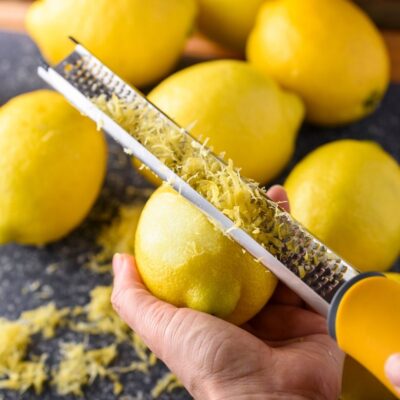 How to make your own vinaigrette
How to make your own vinaigrette
Making salad dressing seems to be the thing that stresses people out the most.
Spoiler: making salad dressing is EASY. And is so much tastier and healthier than anything you buy at the store.
Vinaigrette is the easiest. A basic vinaigrette has three ingredients: oil, acid, salt. Put them in a mason jar, shake, and voila, you have salad dressing.
That’s it.
Different chefs have different ideas about the right ratio of each ingredient. The right answer is… your personal preference!
If you live for oil, you may have a 3:1 ratio of olive oil to wine vinegar. If you love the zing of citrus, you may have a 1:1 ratio of oil to citrus. The magic comes from the oils and acids you use and the extras you may add.
- Oils: olive oil and avocado oil are great salad dressing oils. Sesame oil will give your dressing an Asian-inspired taste.
- Acids: wine, apple cider, balsamic, muscat—any vinegar, really! Lemon, lime, and orange juice are also refreshing (use some of the zest too for even more zing).
- Spices: Anything goes. Oregano will give you a nice Mediterranean taste. Cumin and chili pepper add a little Mexican flare. Garlic is always a good choice. Ginger is nice with the sesame dressing. What are your favorite spices? Use them.
- Sugar/honey: I don’t think either is necessary, but both can help mellow the vinegar’s acidity. And if you are using a lot of bitter greens and herbs, a little extra sweetness in the dressing will add balance.
Add all the ingredients to a mason jar and shake. There you have it. Fresh salad dressing.
Got the Crunchies?
A little crunch is one of the must-haves for a balanced salad. Like I mentioned, I use roasted pepitas all the time. But they aren’t the only thing with crunch.
- Seeds: sesame, flax, hemp, and sunflower
- Nuts: walnuts, pecans, brazil nuts, slivered almonds. Toast them first to bring out their flavor.
- Other stuff: croutons, toasted oats, dried coconut. If you’re using croutons, make your own. It’s worth the time.
And all the other stuff
This is where things can get seriously fun with salads. You can add as much or as little as you want.
- Fresh herbs: You can put these in the dressing or chop them up and put them on the salad. I love parsley and cilantro. Mint and basil are also fun. And, of course, microgreens (okay, those aren’t herbs, but they fit here).
- Fruit: It’s stone fruit season and I think they all belong on salad… especially if you grill them first. By the way, avocado is a fruit.
- Protein: Bacon. Bacon. Bacon. Salmon and shrimp are also good. Sure, chicken and cheese belong on salads. Fish? Yes. Oysters, maybe not (unless they are battered and fried).
- Grains: Cooked grains add that little something that makes a salad feel like a meal. Quinoa and couscous are great, as is leftover rice. You can use any grain though. Visit the bulk food isle and try something you’ve never had before.
I really could go on about salads. They are great for breakfast, lunch, and dinner. Especially in the summer. Visit the farmer’s market on Saturday to get some fresh, local seasonal vegetables and see where your creativity takes you.
Next time you’re visiting us, let me know what you’ve discovered. Who knows, it could end up on the menu.
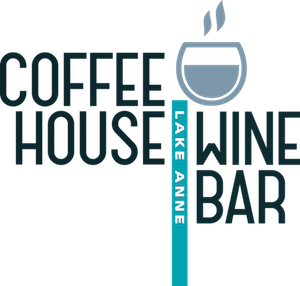
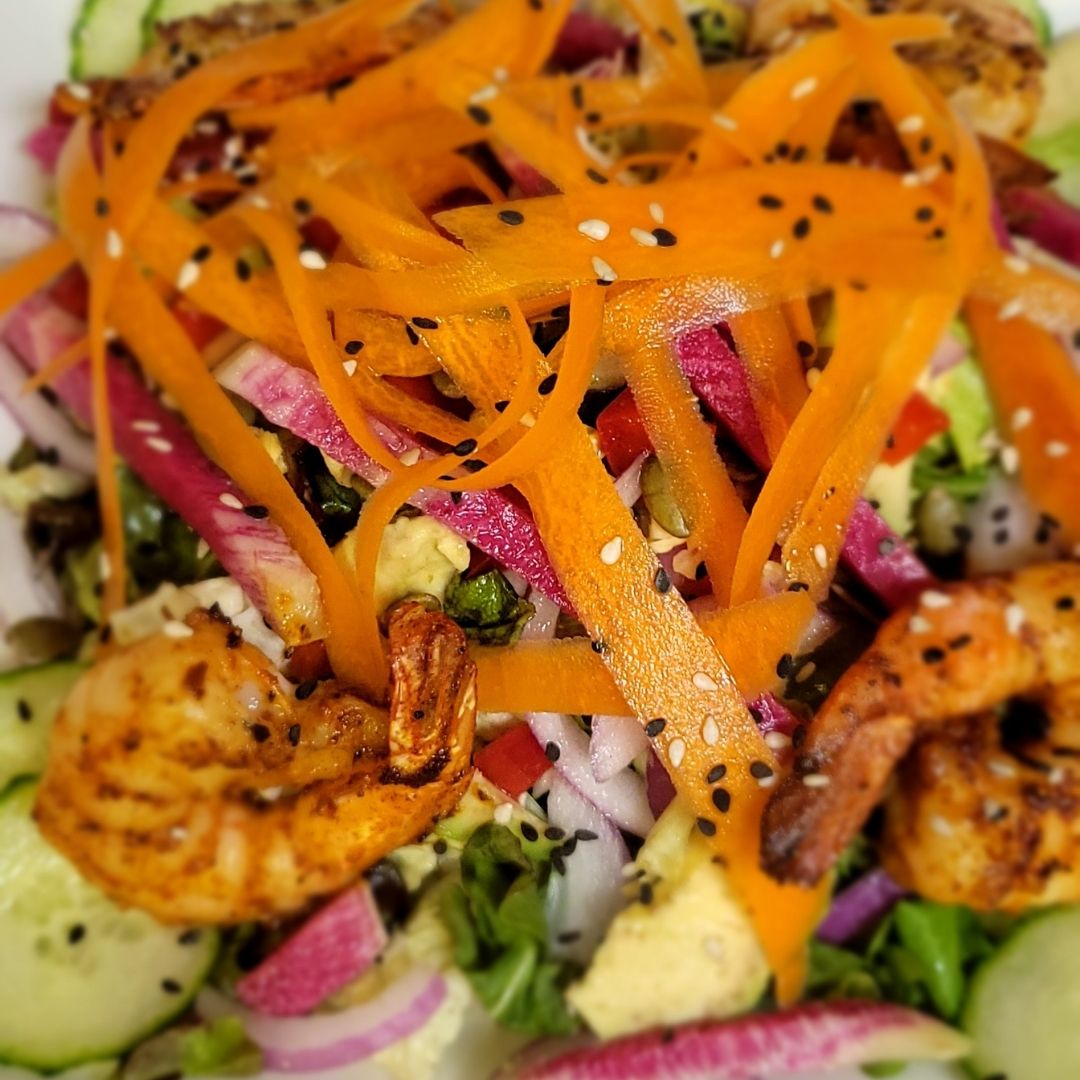
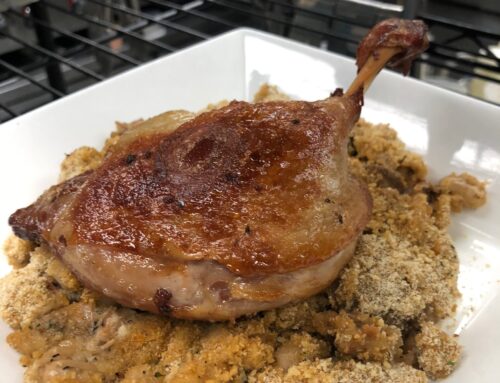




Leave A Comment